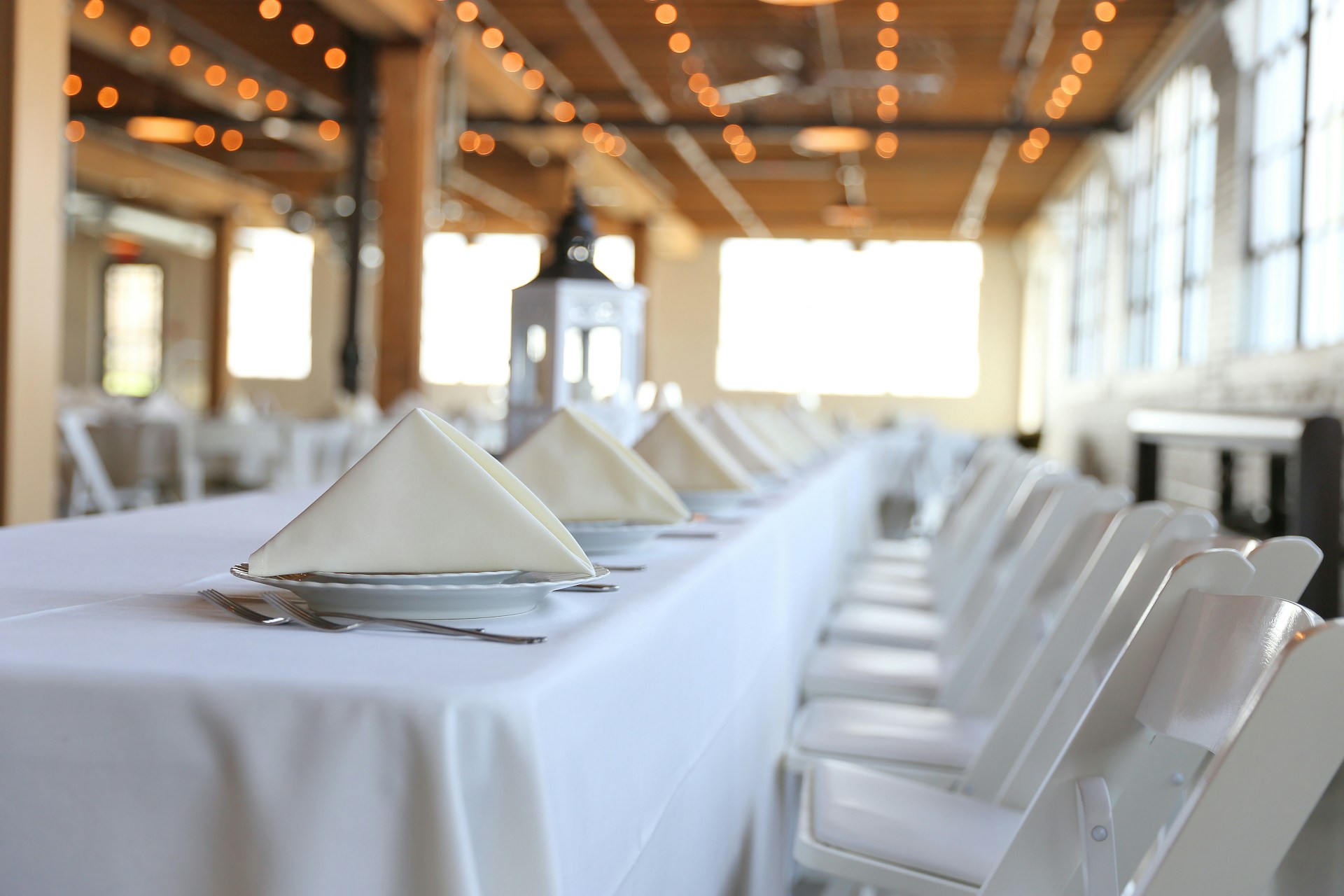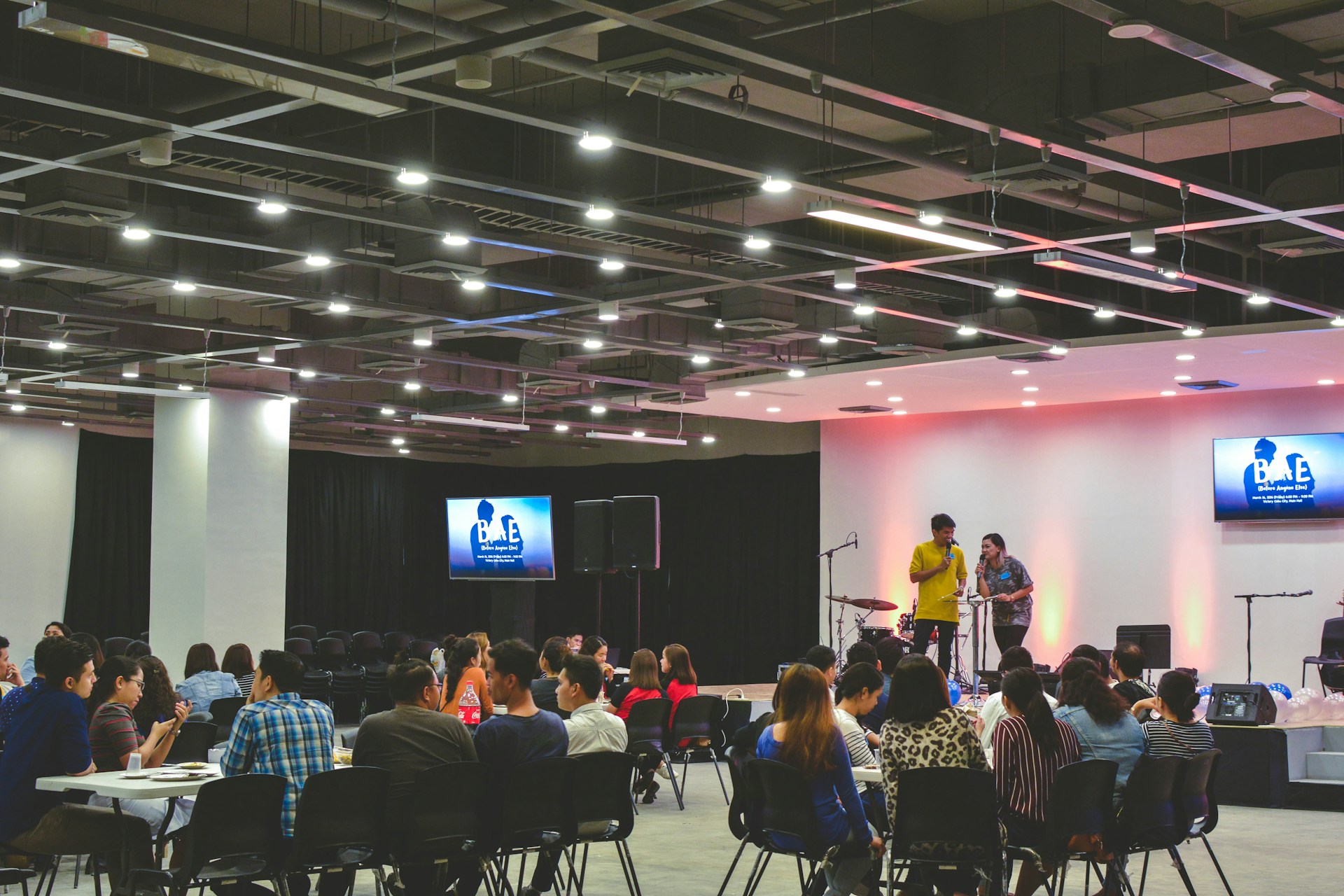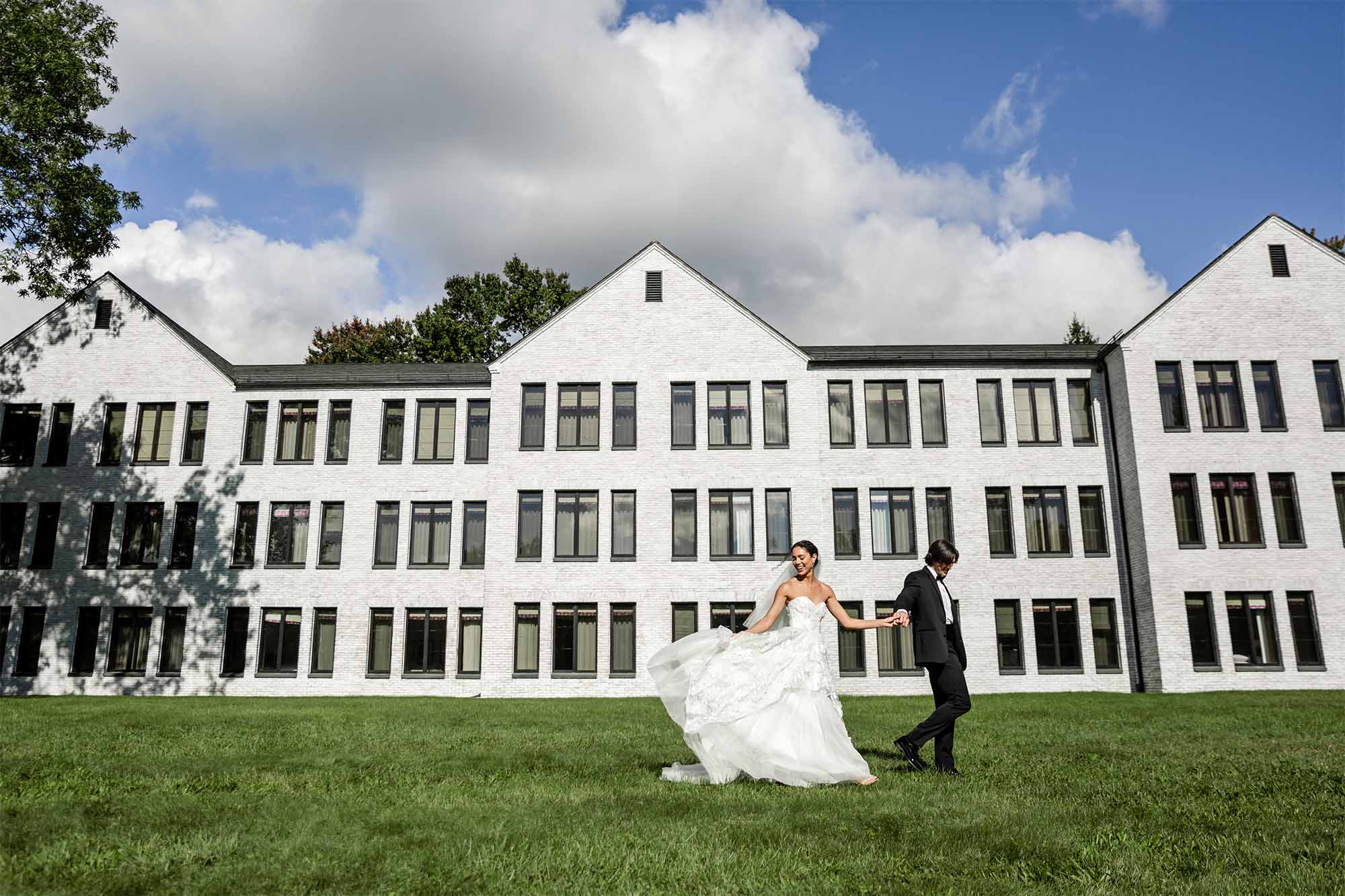Every detail matters when you’re planning a corporate event, and seating charts are no exception. The way you arrange your attendees can shape conversations, ease tensions, and even drive better outcomes from meetings or workshops. Whether you’re hosting a large conference, a product launch, or an annual business dinner, how people interact in the event space plays a big part in how productive and comfortable they’ll feel.
An unorganized seating setup can create confusion, long delays, and awkward group dynamics. On the other hand, thoughtful arrangements help kick things off right. They set the tone for collaboration, support the event’s goals, and ensure smooth traffic flow throughout the room. Taking the time to plan who sits where based on relationships, priorities, or job roles can turn a regular function into a smoother, more enjoyable experience.
Understand Your Attendees
Before thinking about table shapes or floor plans, it helps to build a clear picture of who is actually going to be in the room. A seating chart isn’t just about filling chairs. It’s about putting the right people in the right spots, next to others who make the experience better for everyone involved. When attendees feel at ease, the whole atmosphere improves.
Start by reviewing the guest list and gathering relevant insights:
– Job titles and departments — Place leaders or department heads in spots where they’re easy to engage, especially if there’s a speaker or presentation.
– Existing relationships — Avoid seating people with known tension next to each other. Aim to surround attendees with those they work well with or could build new connections with.
– New hires or guests — Give them seats next to people who are welcoming and familiar with the group to make introductions easier.
This information can come from RSVPs, short one-on-one chats before the event, or input from your internal team. If your project manager already works closely with the partner team attending your event, seating them next to one another might encourage quicker conversation and alignment. These small choices make a big difference.
Choosing the Right Seating Arrangement
Now that you know who’s coming, you can decide how the room should be set up. The seating style directly affects engagement, conversations, and how natural the experience feels. Matching the layout to the goal of the event makes everything go smoother. Here are a few popular seating styles and when they’re most useful:
1. Theater Style
All chairs face the front in rows. Perfect for keynotes or large presentations where the goal is listening. It’s efficient for space, but not designed for conversation.
2. Classroom Style
Similar to theater, but adds tables for note-taking. This works well if you expect guests to use laptops or reference handouts during sessions.
3. U-Shape
Tables form a U with an open end toward a screen or speaker. This arrangement works great for workshops or discussions, where seeing each other and interacting matters.
4. Round Tables
Seats 6 to 10 people per table and is best if you’re offering meals or encouraging group discussions. It’s also good for breakout brainstorming or celebrations.
5. Boardroom Style
One large table with everyone around it. A solid choice for smaller meetings where every voice needs to be heard and a single discussion is unfolding.
Choosing your seating plan is something you want to put real thought into. A morning of presentations may need theater or classroom style, but transitioning to round tables for lunch or networking keeps the day flowing and helps different types of interactions happen.
Creating Zones For Efficiency
No matter the seating layout, you’ll want the event to feel organized without being rigid. One way to do that is by creating separate zones within your corporate event space. These zones give the room structure and purpose while still letting people move around comfortably.
You might consider zones like:
– High-top tables near entryways for quick networking chats
– Quiet areas away from the main stage for one-on-one meetings or phone calls
– Refreshment stations tucked in corners, separate from seating areas
– Check-in tables near the entrance but not blocking other zones
– Dedicated rooms or corners for breakout sessions, demos, or product displays
Summer events can bring their own challenges. In late August in Norwalk, indoor AC becomes important. A well-zoned room keeps air flowing and stops guest traffic from clustering. Thinking about flow in advance also helps avoid crowding near buffet lines, bathrooms, or doorways, which makes a big difference day-of.
Utilizing Technology In Seating Plans
Gone are the days when a pen and paper were your only tools. Planning a seating chart is a lot simpler when you use the right technology. Plenty of apps and platforms now exist that let you adjust layouts quickly and store guest preferences all in one place.
Good software will often let you:
– Upload contact lists or RSVPs directly
– Assign seats by dragging names into a virtual map
– Mark special needs or requests like dietary restrictions or wheelchair access
– Organize zones and visualize the entire floor setup
The best part is, these tools often work on tablets or smartphones. That way, if someone cancels last-minute or brings an extra guest, adjustments are easy and nothing feels out of place. You can even share final digital maps with your team or guests to speed up finding seats on the big day.
Ensuring Comfort And Accessibility
Even with the best arrangement or tech tools, you need to make sure your guests are physically comfortable. That goes beyond the seats themselves. A good layout lets guests move freely, feel relaxed, and stay focused throughout the event.
Some comfort and access tips:
– Keep aisles wide enough for walking, especially between round tables
– Leave space behind each chair for guests to push back easily
– Spread out clusters so there’s not too much noise overlap between zones
– Make sure lighting is soft but bright enough to read or take notes
– Keep temperature settings reasonable. Norwalk’s August weather can mean the AC has to work overtime
And don’t forget signage. Clear, well-placed signs help everyone navigate the space. Arrows directing people to exits, restrooms, food, or presentation rooms minimize confusion.
Accessible seating is important for all attendees, including those who may have mobility limitations, hearing or vision challenges, or those who just need a little more space to feel comfortable. Include these options in your early planning phase so everyone can enjoy the event equally.
Making Seating Plans Work With LaKota Oaks
The right seating chart does more than fill a room. It makes the whole experience smoother, easier, and more enjoyable for everyone involved. The layout sets the tone, the zoning supports flow, and thoughtful details help guests feel welcomed and engaged. All of it adds up to a successful event where the focus stays on what matters.
At LaKota Oaks in Norwalk, CT, we make it easy to plan this way. Whether you’re organizing a full-day presentation, a team offsite, or a multi-day event, the spaces here are flexible enough to support whatever layout or flow you envision. Preparing a smart seating chart is one step, but having the right venue to bring it to life is what turns a plan into a real success.
Plan a smoother, more productive gathering with LaKota Oaks. Whether you’re organizing a workshop, conference, or leadership retreat, our team is here to help you make the most of your corporate event space with flexible layouts and personalized service from start to finish.









